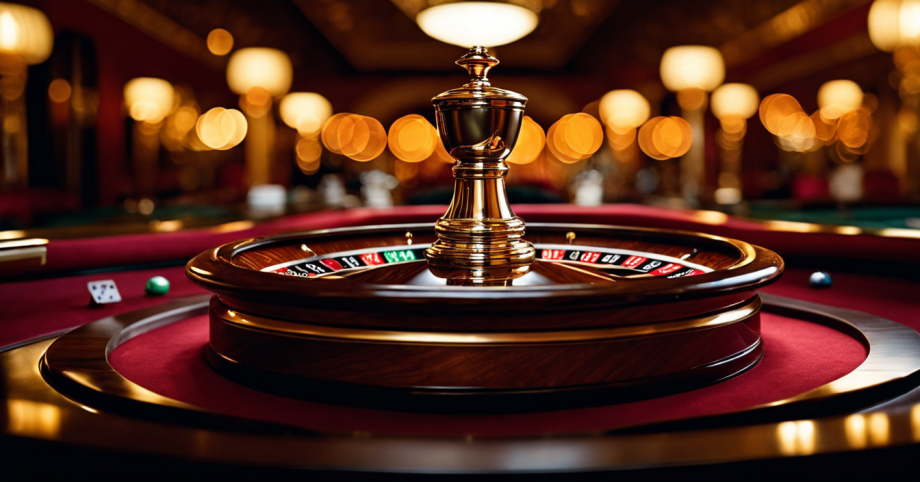Roulette, a game that combines chance and strategy, has long captivated casino-goers with its spinning wheel and bouncing ball. Whether you’re a seasoned gambler or a newcomer to the world of casinos, understanding the nuances of how to play roulette can enhance your experience and potentially improve your odds. This guide will walk you through the essentials of the game, from the basic rules to advanced strategies, with tips and examples to ensure you feel confident the next time you approach the roulette table. As mobile casino games continue to rise in popularity, roulette remains a top choice for those looking to enjoy the thrill of the wheel on the go. With the convenience of playing from anywhere, mobile casinos offer more items to explore, such as different roulette variants, customizable betting options, and live dealer experiences that bring the excitement of the casino right to your fingertips. Embracing these mobile offerings can make your roulette experience even more immersive and tailored to your preferences.
The Basics of Roulette
Roulette, derived from the French word meaning “little wheel,” is played with a wheel divided into numbered pockets and a ball. The pockets are numbered from 1 to 36, with an additional zero (0) on European wheels and a zero (0) and double zero (00) on American wheels. The objective is simple: predict where the ball will land after the wheel is spun.
Types of Bets
Understanding the different types of bets is crucial in learning how to play roulette. Bets are generally categorized into two types: inside bets and outside bets.
Inside Bets: These bets are placed on specific numbers or combinations of numbers within the numbered grid on the table.
- Straight Up: A bet on a single number.
- Split: A bet on two adjacent numbers.
- Street: A bet on three numbers in a row.
- Corner: A bet on four numbers that form a square.
- Six Line: A bet on six numbers in two adjacent rows.
Outside Bets: These bets are placed outside the numbered grid and typically cover larger groups of numbers.
- Red or Black: A bet on the color of the winning number.
- Odd or Even: A bet on whether the winning number will be odd or even.
- High or Low: A bet on whether the winning number will be in the range of 1-18 (low) or 19-36 (high).
- Dozens: A bet on one of the three groups of twelve numbers.
- Columns: A bet on one of the three vertical columns of numbers.
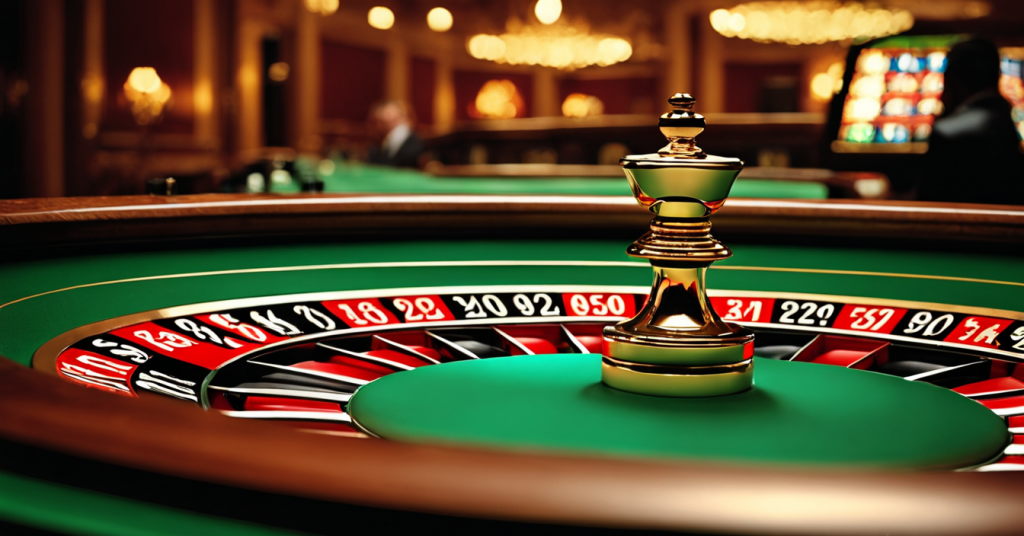
The Layout and Equipment
The roulette table consists of two main parts: the wheel and the betting layout. The wheel is where the action happens, and the layout is where you place your bets.
The Wheel
The wheel is divided into 37 or 38 pockets, depending on whether you’re playing European or American roulette. These pockets alternate between red and black, with the zeros typically colored green.
The Betting Layout
The betting layout includes the numbered grid and areas for outside bets. Chips of different colors are used to distinguish each player’s bets. When placing your bets, it’s essential to ensure your chips are on the correct spot on the table.
Placing Your Bets
When learning how to play roulette, the act of placing bets can seem daunting, but it’s straightforward once you get the hang of it. You start by exchanging your money for chips. Each player receives chips of a specific color to avoid confusion.
Step-by-Step Guide to Placing Bets
- Decide Your Bet Type: Choose whether you want to place an inside bet or an outside bet. For beginners, outside bets are less risky, though they offer lower payouts.
- Place Your Chips: Place your chips on the desired number, combination, or area of the table. You can place multiple bets in one round.
- Observe the Dealer: The dealer, also known as the croupier, will signal when no more bets can be placed by saying “no more bets.” At this point, you should not touch your chips.
- Watch the Spin: The dealer spins the wheel in one direction and the ball in the opposite direction. The anticipation builds as the ball slows and bounces around the wheel.
- Wait for the Outcome: Once the ball lands in a pocket, the dealer announces the winning number and clears the losing bets. Winning bets are paid out accordingly.
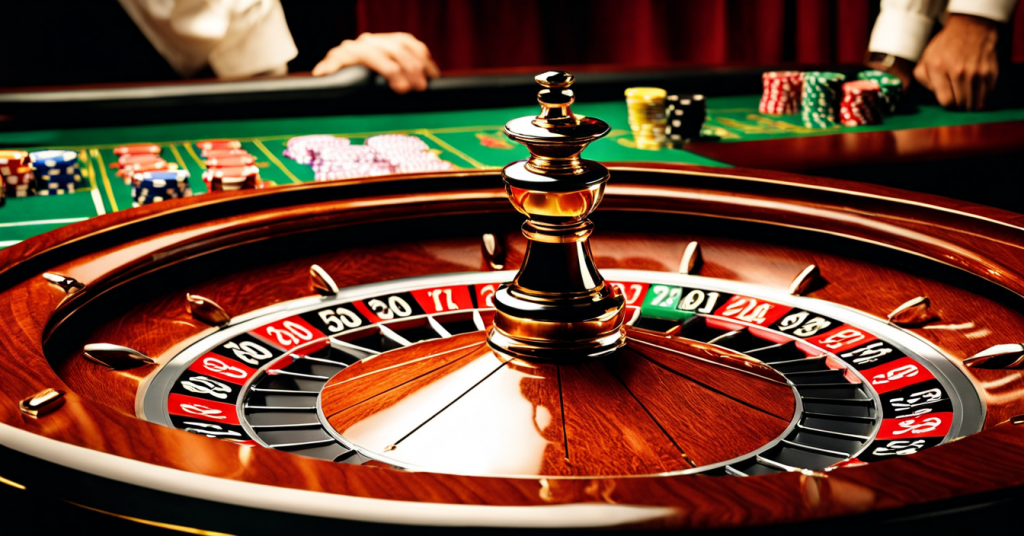
Common Mistakes to Avoid
As with any casino game, there are common pitfalls that new and experienced players alike should avoid. Here are some tips to help you steer clear of these mistakes:
Chasing Losses
One of the most significant errors in roulette, and gambling in general, is chasing losses. It’s easy to become frustrated after a series of losses and increase your bets in an attempt to win back your money quickly. This approach often leads to even more significant losses.
Ignoring the Odds
Each bet in roulette has different odds, and understanding these odds is crucial for making informed decisions. For example, a straight-up bet on a single number offers a payout of 35:1 but has a much lower probability of winning compared to an even-money bet on red or black.
Poor Bankroll Management
Effective bankroll management is essential in roulette. Set a budget for your gaming session and stick to it. Decide in advance how much you’re willing to risk and don’t exceed that amount. This discipline can prevent you from losing more money than you can afford.

Examples from Real-Life Players
To illustrate the concepts discussed, let’s look at examples from real-life players and their experiences with roulette.
Jane’s Martingale Experience
Jane, a casual gambler, decided to try the Martingale strategy during a trip to Las Vegas. She started with small bets on red, doubling her bet after each loss. Initially, she faced a series of losses, but her persistence paid off when she eventually hit a winning streak. Jane’s experience highlights both the potential rewards and risks of the Martingale strategy, emphasizing the need for a sizable bankroll and patience.
Tom’s Conservative Approach
Tom, a more cautious player, prefers the D’Alembert system. He enjoys the thrill of the game without the stress of aggressive betting. By gradually increasing and decreasing his bets, Tom finds that he can extend his playing time and enjoy the casino atmosphere without risking significant losses. His approach demonstrates that roulette can be enjoyed with a conservative strategy that prioritizes longevity over quick wins.
Sarah’s Social Aspect
For Sarah, roulette is as much about the social experience as it is about the game itself. She often plays with friends, placing small outside bets and cheering each other on. The communal aspect of roulette makes it an enjoyable and engaging activity, even if she doesn’t always win. Sarah’s story illustrates that the enjoyment of roulette goes beyond the financial outcome and includes the camaraderie and excitement of the game.
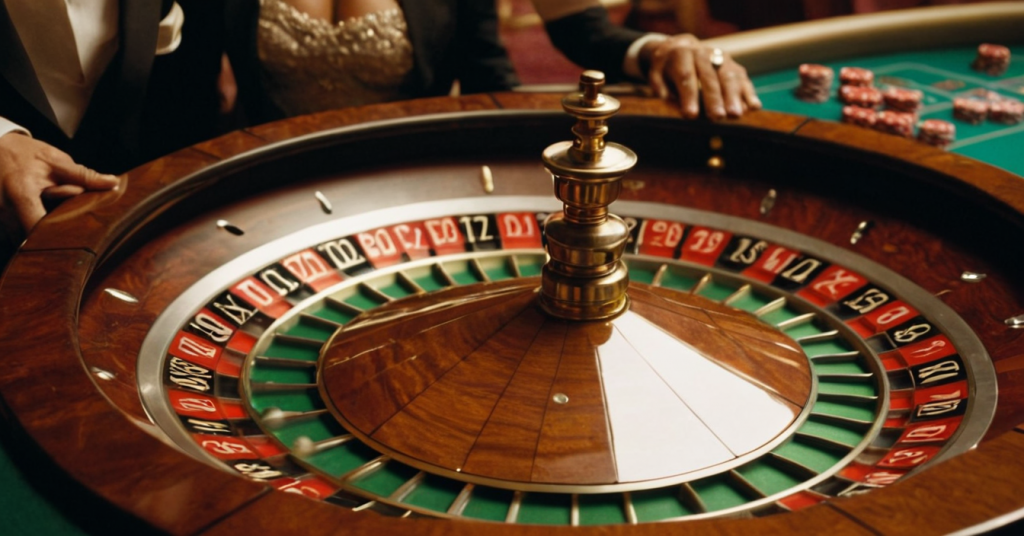
Advanced Tips for Enthusiasts
If you’re looking to take your roulette game to the next level, consider these advanced tips to enhance your skills and enjoyment:
Wheel Bias
In rare cases, a roulette wheel may have a bias due to manufacturing imperfections or wear and tear. Observant players can sometimes detect these biases by carefully tracking the outcomes over many spins. While modern casinos regularly maintain and inspect their equipment to prevent such biases, it’s an intriguing aspect for dedicated players to consider.
Dealer Signature
Some experienced players believe that dealers can inadvertently develop a signature, a consistent way of spinning the ball and wheel that affects the outcome. By closely watching the dealer’s technique, these players try to predict the ball’s landing spot more accurately. While this theory is debated, it adds an extra layer of strategy for those who enjoy analyzing the game in detail.
Online Roulette
Online roulette offers a convenient way to practice and enjoy the game from the comfort of your home. Many online casinos provide both European and American roulette, often with the added benefit of bonuses and promotions. Additionally, playing online slots allows you to experiment with different strategies without the pressure of a live casino environment.
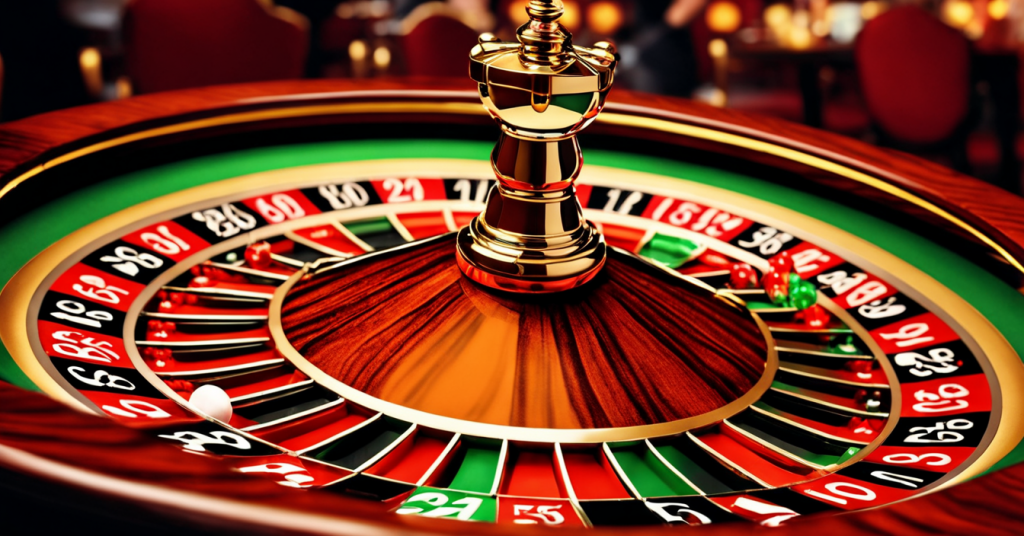
Roulette is a game of chance that combines excitement, strategy, and social interaction. Whether you’re a beginner learning the ropes or an enthusiast seeking to refine your skills, understanding how to play roulette can significantly enhance your experience. By familiarizing yourself with the rules, types of bets, and strategies, you can approach the game with confidence and enjoy the thrill of the spin.
Remember, while strategies can improve your odds, roulette is ultimately a game of chance, and it’s essential to gamble responsibly. Set a budget, manage your bankroll wisely, and most importantly, have fun. Whether you win or lose, the true enjoyment of roulette lies in the experience itself, the anticipation of the ball’s final resting place, and the camaraderie shared with fellow players.

